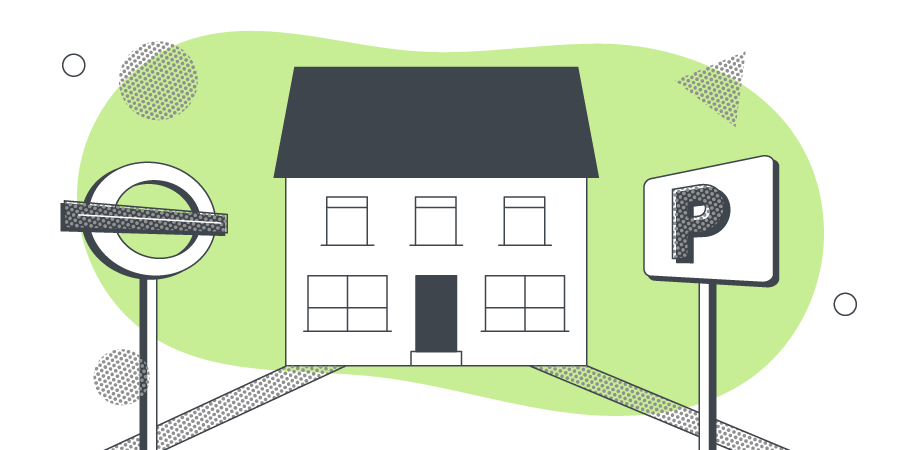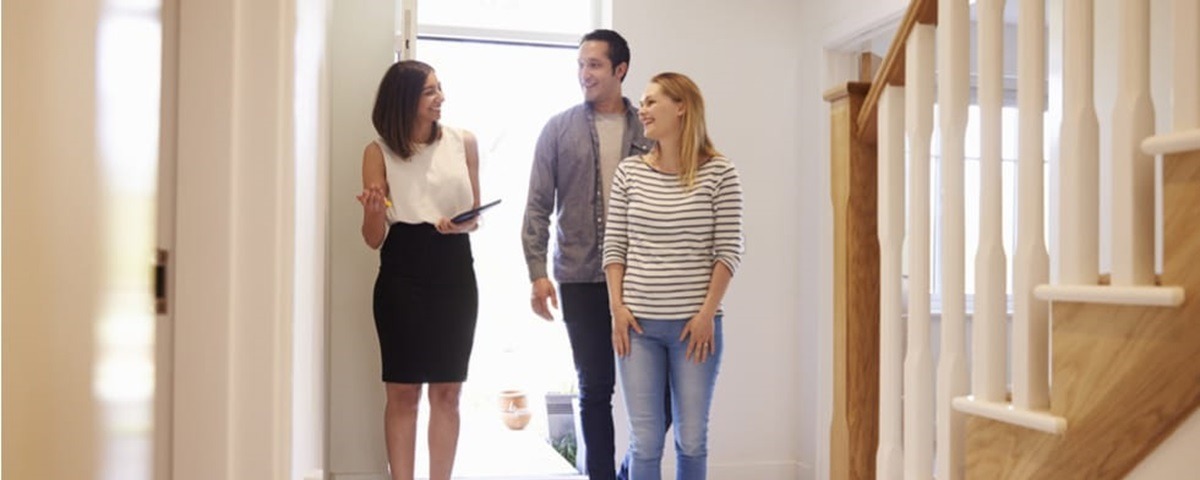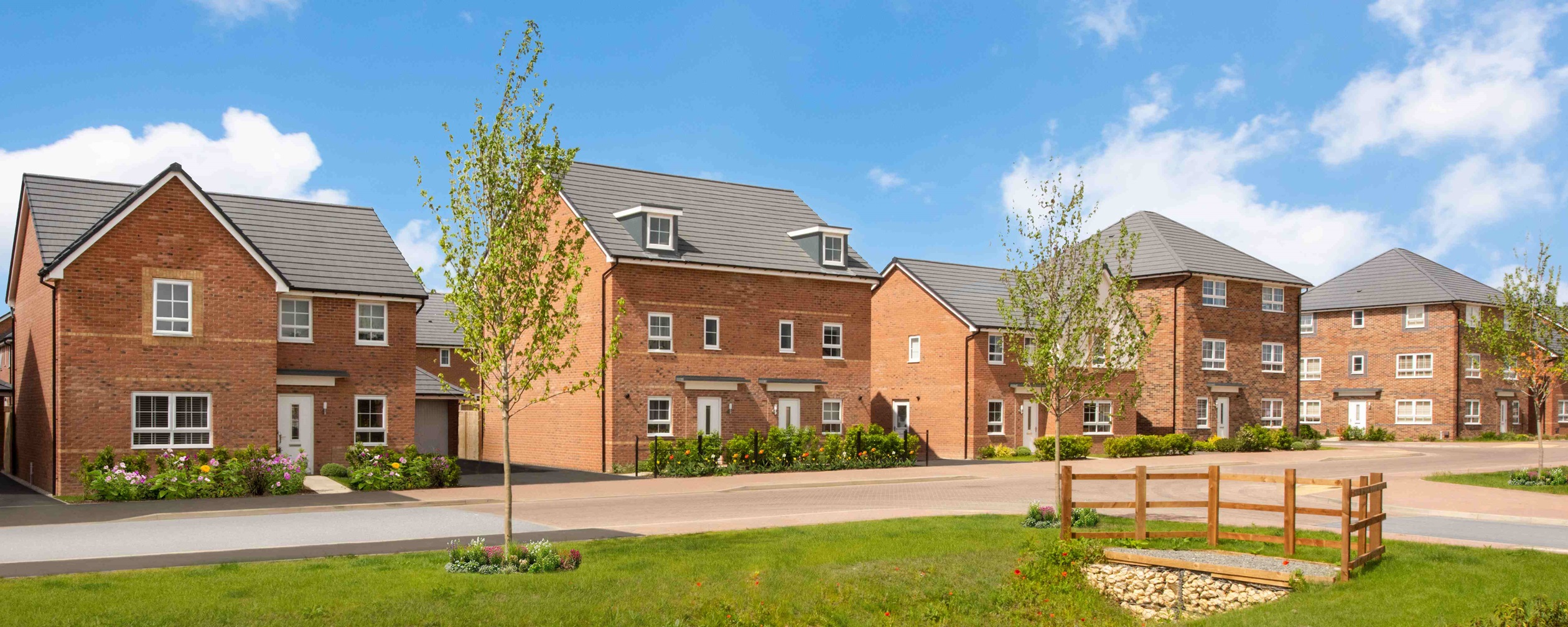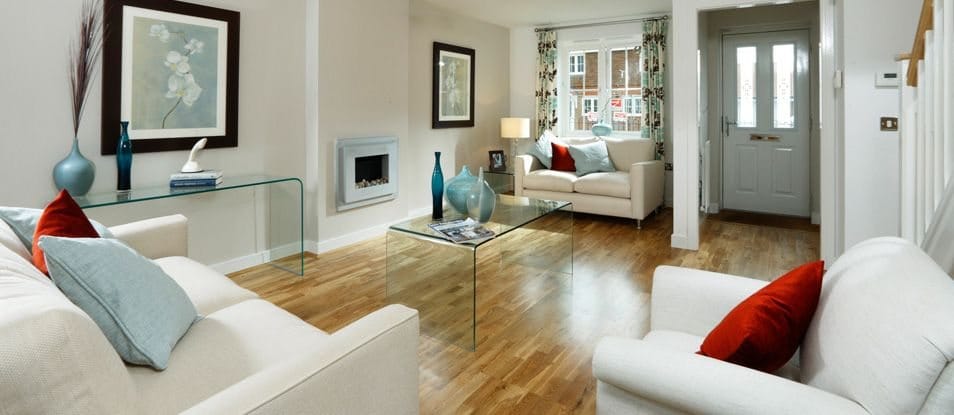
Whether you’re buying for the first time, or moving to a larger home, buying a new property is a big decision which shouldn’t be rushed. That’s why it’s so important to have a house-viewing checklist prepared – so you can make a sensible, rational decision when viewing a property.
In this guide, we’ll explain all you need to know to leave a property viewing fully informed. This includes a simple, room-by-room property-viewing checklist, as well as a list of questions you may want to ask an estate agent while viewing a home. This is especially important for a second viewing.
What to do before a property viewing
Before heading to a viewing, it’s important to make a list of exactly what you’re looking for in a new home. This could include details about the local area, utilities, or just particular features you want in a property. Looking for a simple, room-by-room, property-viewing guide? Just download this house-viewing PDF and bring it along to your first or second viewing.

What to ask while viewing a home
A property viewing is a great opportunity to ask the estate agent any questions you have about the home. Obviously these should be tailored to the property in question, but here are a few ideas on general questions you might want to ask:
- How long has the property been on the market?
- Has it always been listed at the current price?
- What other properties in the area are for sale at a comparable price?
- Has the property had any offers?
- Why are the current occupiers moving?
- Are there any other fees or costs to be aware of – such as service fees or a ground rent?
What to look out for while viewing a property
As well as our room-by-room, property-viewing checklist, it’s important to have a few other things in mind while viewing a home:
- Is there damp?
Cold walls, a musty smell or damp patches could all indicate the presence of damp. Try and keep a look out for these tell-tale signs during a property viewing.
- Is the building structurally sound?
Generally, you’ll arrange a survey after making an offer on a property. But while viewing a house, there are things to look out for that could indicate the property isn’t structurally sound. These include cracks in walls, uneven floors and bulging or leaning walls.
- How much storage space is there?
When you’re touring a property, remember to check storage space. Think about things you own but don’t need all year round – is there somewhere safe, dry and secure to store them? Every home is different, so ask about attics or cellars during the viewing.
- Which way do the house and garden face?
Depending on the orientation of the property, you’ll benefit from the light and warmth of the sun at different times. Look for a south-facing garden if you want to get the most natural light and sunshine. It may be worth viewing the property at different times of day to get an idea of changing light conditions – ask your agent to arrange a second viewing.
- How old is the roof?
This may be a question you have to ask your agent, but it’s worth finding out before you commit to a property, as roof repairs may prove expensive further down the line.
- Are the windows in good condition?
Do the window frames have cracking paint? Is the double glazing in good condition? During a property viewing, check the windows carefully and ask if they’ve been recently replaced.
- Is the plumbing up to scratch?
A property viewing is a good opportunity to check things like water pressure and water temperature. If possible, flush all the toilets and check all the taps – and don’t be afraid to ask your estate agent questions.
- Is the property adequately soundproofed?
If the neighbourhood is busy or there are roads or railways nearby, it’s worth checking the noise levels of each room – particularly bedrooms.
- What are the neighbours like?
If the current occupiers are present for the property viewing, ask them what the neighbours are like. If not, ask your agent – they should be able to tell you about the character of the local area.
- Is there sufficient parking?
Garages and driveways are big pluses when buying a new property, so check both to see if there’s enough space for your car. It’s worth remembering that parking may be available in another location – for instance, many flats offer parking in a basement.
- Are there good transport links?
This is something to think about while travelling to a property viewing, and it’s also a question to ask your agent. Remember to think about future developments or infrastructure projects that could potentially add value to a well-located property.
- What’s the neighbourhood like?
If you have time, it’s worth taking a walk around the local area to get a feel for the neighbourhood. See if there are pubs, shops or leisure facilities close by. This is also something you could discuss with the current occupiers or your estate agent.

Property viewing warning signs
While viewing a property, it’s important to keep an eye out for any warning signs that maintenance or repairs haven’t been carried out. These could affect the structural integrity of your new home – so look carefully.
Damp stains, marked ceilings, faulty wiring, old-fashioned or damaged plug sockets and crumbling plaster work are all red flags that something could be wrong.
If you buy a brand-new home from Barratt, you’ll get peace of mind knowing you’ve bought a property from a Home Builders Federation 5 Star housebuilder. You’ll also be protected by an NHBC Buildmark warranty and insurance policy.
How long should you spend at a house viewing?
Typically, a house viewing should last around half an hour – which should be enough time to get a good feel for the home and go through your property viewing checklist. Remember to go through the property room by room while thinking of what to look for during a viewing.
While viewing a property, feel free to ask the estate agent any questions you may have. You can also speak to them about arranging a second property viewing. Ideally, book this at a different time of day – a property can feel very different depending on the light or conditions. You’ll also get an idea of what the neighbourhood’s like at different times, too.

Final tips for viewing a property
This checklist for viewing a house for sale should give you a good springboard for property viewings. From checking for warning signs like damp to getting a good picture of the local neighbourhood and community, there’s lots you can do to help inform your decision when it comes to buying a new home.
For an easy, downloadable bullet-point list, why not look over our room-by-room checklist?


